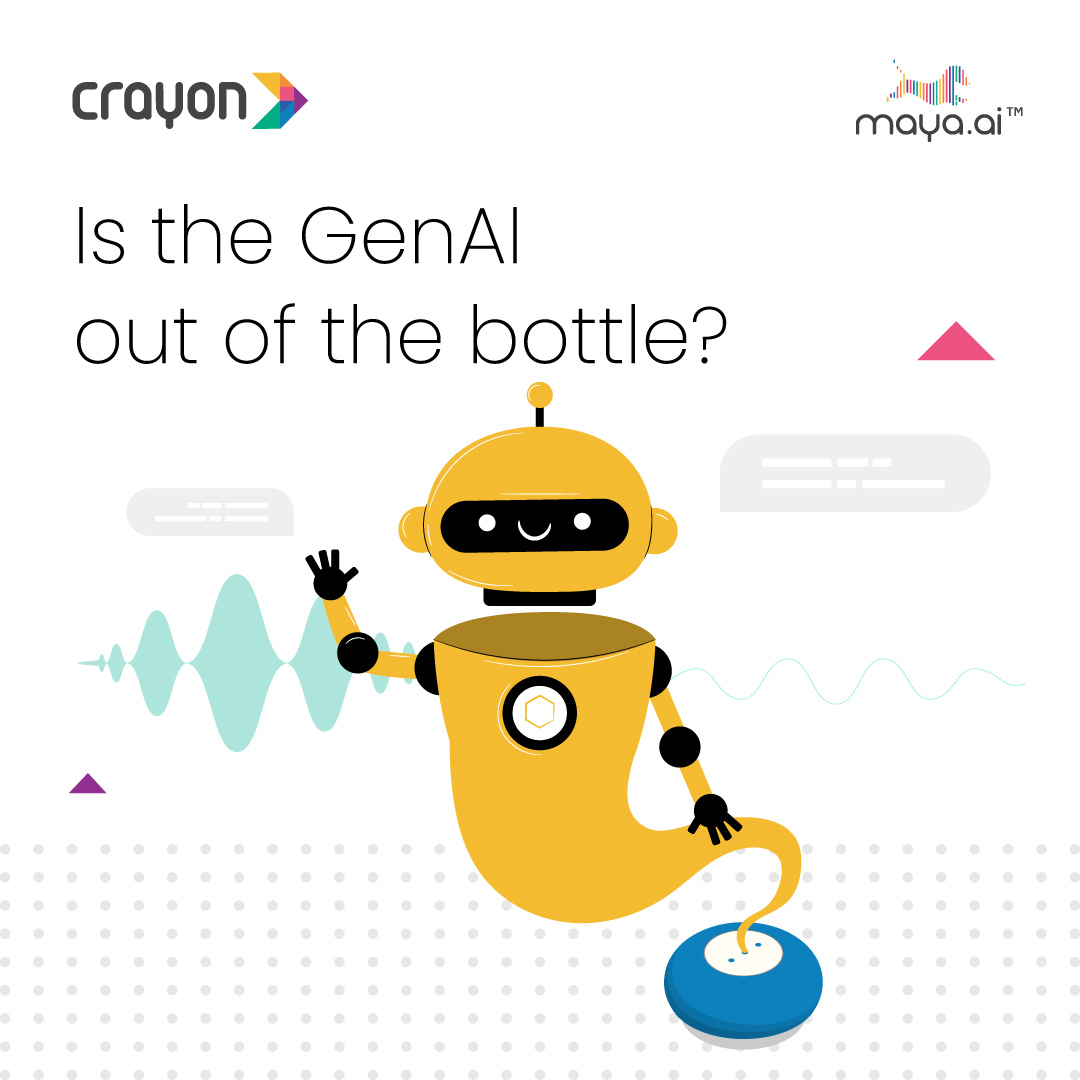“When it went off the rails, it really went off the rails,” said David Lazer, a computer scientist at Northeastern University. Lazer is talking about Google Flu Trends, the internal Google analytical tool that tracks data such as keyword searches—things like “cough,” “fever,” and “exploding tongue”—geographically and temporally in an attempt to predict the location and severity of outbreaks before people start going to the doctor en masse. If spikes in keyword searches are indications of spikes in symptoms, so the thinking goes, then it should be possible to anticipate outbreaks before the Centers for Disease Control and Prevention, which can only respond to what doctors are reporting. (Disclosure: I used to work at Google, and my wife is a Google software engineer.)
Google Flu Trends (GFT) would appear to be the perfect benevolent “big data” project. Since its launch in 2008, GFT has been one of the flagship projects of Google’s charity arm Google.org, and as such, it purports to represent the most munificent part of the company whose model is “Don’t be evil.” But GFT also shows how Google’s charitable and corporate aims do not line up as neatly as it would like.




